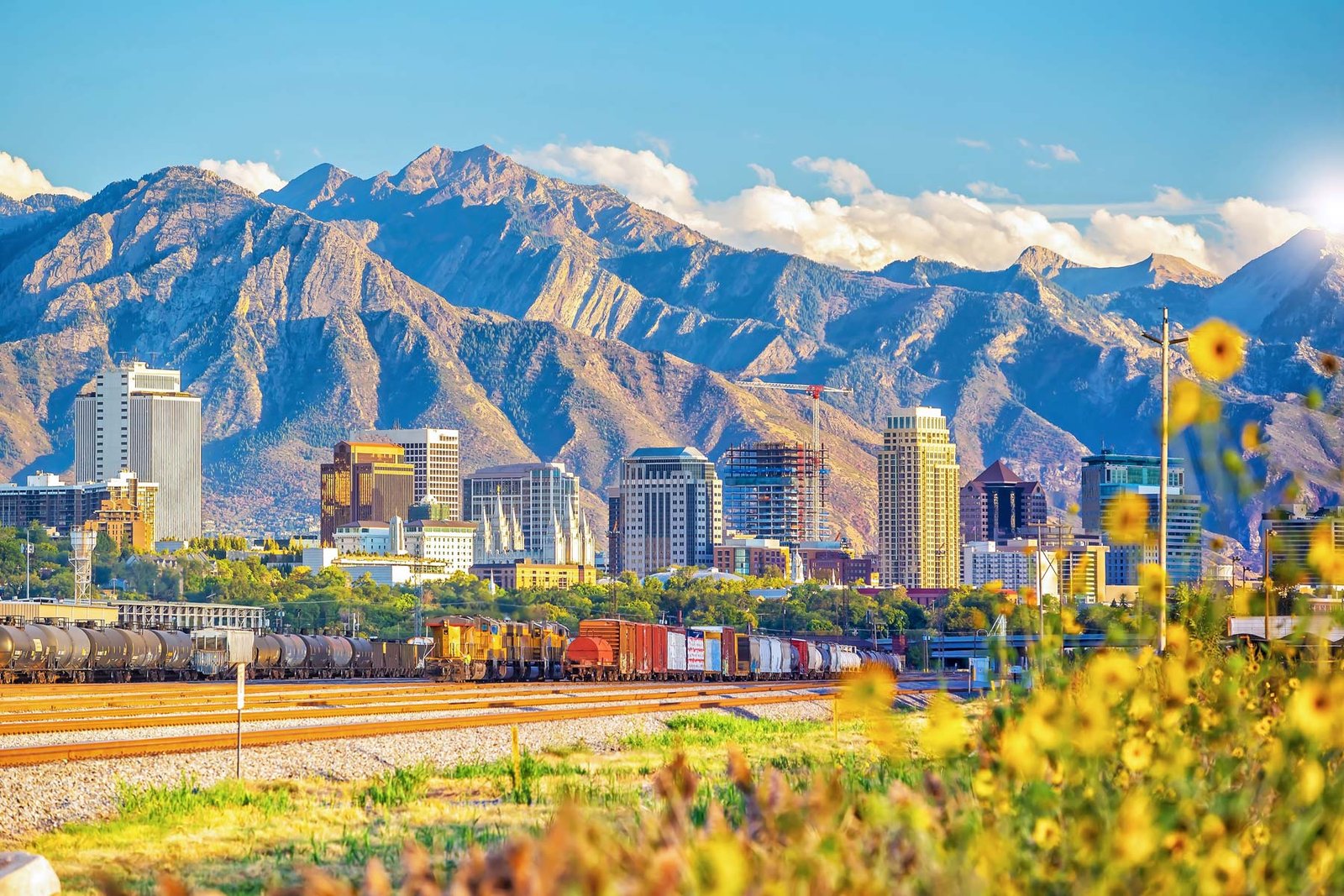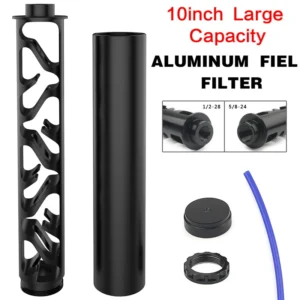Mardi Himal trek in winter, few things to consider
The Mardi Himal trek is possibly one of the most adventurous treks you can go to when in Nepal. The country has many marvels in its Himalayas glory, welcoming trekkers and travelers from all around the world, but the Mardi Himal trek is exceptionally one of the best treks you can make. From the serene surroundings to the absolutely breathtaking yet challenging trails, an adventure enthusiast will get an experience of a lifetime when he is here.
It is, likewise, not quite preferable for trekkers to go on the trek unsupervised and without any necessary gear. Trekkers need to take along adequate gear and go only if they have the expertise to complete a rather tough trekking journey. That being said, the Mardi Himal trek is not for beginners.
The trek to Mardi Himal in winter is actually a big deal even when you have the proper knowledge and skills to excel in a difficult trek. Hence, if you are planning to go on the Mardi Himal trek in winter, a few things to consider during your journey are highlighted in this article. Make sure to read till the end to know more!
What are the best aspects of Mardi Himal Trek in winter?
The Mardi Himal trek gives you a chance to explore some of the best aspects of the natural beauty in Nepal. The following will definitely leave you mesmerized:
- During your Mardi Himal trek, you will be able to witness the beauty of major mountains like Mount Dhaulagiri, Mount Annapurna, Mount Manaslu, and Mount Machhapuchhre.
- Trekkers will get a chance to interact with the local Magar, Gurung, and Tamang communities living in the villages along the Mardi Himal Trek. This will help them explore the local food, culture, and lifestyle, making the trek more educational as well as interactive.
- Early morning view of the sunrise from the Mardi Low camp is truly a once-in-a-lifetime opportunity.
- If your time and budget do not allow you to go to the Annapurna base camp trek or the Annapurna Circuit trek, there is no better alternative than the Mardi Himal Trek.
- Trekkers will get an up-close exposure to the green vegetation and natural richness of the Annapurna region during their trek.
How is the weather during winter in Mardi Himal?
The weather during winter in Mardi Himal is not something everyone is accustomed to. However, in comparison to many other winter treks to different destinations from all around the world, the Mardi Himal trek proves to be one of the easiest and accessible journeys.
Similarly, the Mardi Himal trek in winter is usually made in December. Since December is the first month of winter, the air is not as cold. And, you will feel like you are trekking during fall instead of peak winter.
While going to the Mardi Himal Trek during other winter months like January and February might not be the wisest decision, December is the best month for trekkers to make the trek happen. And even during the start of the winter, there is a great probability for a drop in temperature. So unless you are in for an intense and challenging trek, you should consider going at the beginning of the first winter month.
The temperature remains around 5 degrees Celsius to 10 degrees Celsius in the daytime in winter, while it can drop below -5 degrees Celsius during the earliest hour of the day and the nighttime. You should be prepared with properly layered clothes as you go higher on your trek. The lower Mardi Himal Region is warm and not quite what one might consider freezing cold. But, the higher regions of Mardi Himal are extremely cold.
Trekkers can also expect light snowfall as soon as they enter the Mardi Himal Region in winter. The chances of rainfall or even a light shower are less because December is a dry month throughout Nepal. However, you are not always safe from unpredictable snowfall, which may cause trouble in guaranteeing you a safe and clean trail. Snowfall also decreases the temperature of the surrounding area, making trekkers feel extremely cold. But, the snow most definitely adds beauty to what is already beautiful.
Mardi Himal trek Itinerary
The following is the itinerary for Mardi Himal winter trek:
Day 1: Arrival in Kathmandu (Tribhuvan International Airport)
Day 2: Drive to Pokhara
Day 3: Drive from Pokhara to Phedi. Trek from Phedi to Pothana
Day 4: Trek from Pothana to Mardi Himal Low Camp
Day 5: Trek from Low Camp to High Camp
Day 6: High Camp exploration. Trek to Low Camp.
Day 7: Trek to Siding Village from Low Camp
Day 8: Trek to Milan Chowk from Siding Village. Drive to Pokhara
Day 9: Drive from Pokhara to Kathmandu.
Day 10: Take off from flight via Tribhuvan International Airport
How is the availability of food, drinks, and accommodation during the Mardi Himal Trek in winter?
Trekkers should not be too worried about the unavailability of proper food, drinks, and accommodation during the Mardi Himal Trek even in winter. There are plenty of teahouses along the pathway of the trek that makes your expedition feel convenient. These teahouses and small lodges are not expensive either. Meaning, that you will get a decent quality of service in one of the roughest months without having to pay a lot.
The staple food of Nepalese people is dal bhat (rice and lentils), which you will easily get to enjoy in almost every other teahouse. There are options for both vegetarian and non-vegetarian platters. You can also enjoy soup, tea, fried rice, pasta, coffee, energy drinks, cold drinks, etc. Trekkers usually pay from around $3 to $9 per meal in these teahouses depending on what they order.
As for the accommodation, one can spend a night at a teahouse with proper facilities (food, drinks, toilet, warm bed blankets, etc.) at around $3 to $5. Some lodges and tea houses also provide facilities for warm showers in return for an added sum in the final bill. The teahouse owners are humble and will help you in case of necessity for any additional service, if and only if your demands are realistic and easy to fulfill.
Staying in the lodges can be peaceful and relaxing. Trekkers don’t need to be trekking all the time to enjoy their travel as even from the hotel rooms, they can view the absolutely most alluring landscapes, mountains, and greenery in peace and quiet.
Read Also: Ventsfanzine
What should you carry to your Mardi Himal trek during winter?
There is little equipment and goods that you need to carry during winter to your Mardi Himal trek. Some of them are listed below:
- Double layered gloves
- Warm caps
- Sunglasses
- Trekking poles
- Prescription glasses (avoid wearing eye lenses as you head upwards in your trek)
- Down jacket
- Hiking trousers
- Hiking shirt
- Sleeveless down jacket
- Comfortable undergarments
- Waterproof pants and tops
- Light gloves (as an alternative to the double-layered ones)
- Trekking socks
- Solid and well-fitting trekking boots suited for snowy trails
- Gaiters
- Crampons
- Slippers
- Thermal tops
- Thermal trousers (to wear inside your hiking trousers)
- Wet wipes
- Sunscreen
- Sleeping bag
- Headlight
- Extra functioning batteries
- Water bottle
- Hot water bag
- Trekking bag
- First aid kit
- Towel
- Toothpaste
- Handwash
- Moisturizer and lip care kit
- Water purifier tablets
- Sanitary products (for women)
Why should you go on the Mardi Himal Trek in winter?
While a lot of trekkers choose to go on the Mardi Himal Trek during fall and spring, one may wonder why they should even consider going for the trek in winter out of every other season. But, there are some good reasons why doing so might just be the best choice. These reasons are:
No rainfall
There is a low to no chance of rainfall during winter, especially in December. Winter is a dry month and though there are chances of snowfall, rainfall is least likely to happen. Rainfall is very often more damaging to trekkers than snowfall because it makes the trails slippery and difficult to cover. Before rainfall, when there is an excessive cloud in the sky, trekkers will face difficulty in enjoying the view of the mountains, too. Hence, the lower the chances of rainfall, the better your trek will be.
Tranquil trails
While spring and fall are considered the best months to make the Mardi Himal Trek, they are also the peak seasons for treks. Therefore, when you go for the trek in winter instead of either of the most preferred months, you can trek comfortably without having to go through a big crowd of people.
When the crowd on the trail is smaller, the journey also becomes smoother and easier to accomplish. And, if one wants to experience tranquility away from bustling city life, one can experience just that during winter time in the Mardi Himal Trek.
Accommodations
Trekkers should make prior bookings to go on the Mardi Himal Trek during peak seasons. And, sometimes, they cannot even successfully find a properly accommodating tea house or lodge. Going to the same trek in winter will give you the benefit of finding the best of accommodations without much trouble. You might not even have to make a prior booking to stay in a hotel or a lodge there, as there aren’t many trekkers who are staying in these places during winter, anyway.
Clearer view of the scenery
There clearly isn’t any benefit to not being able to enjoy the view of the mountains and the landscapes after you have gone on the trek. Clouds and rainfall are the main reasons why a lot of trekkers might miss out on the chance to enjoy the scenery during the Mardi Himal Trek. But that is not the case in winter. Winter even offers you an all-the-better view of the mountains with freshly snowing mountain peaks. The rest of the trekking trail and surroundings are just as pleasant to view due to the clear weather.
What are the challenges of going to the Mardi Himal Trek in winter?
The Mardi Himal trek is full of challenges in winter. Though the trek is not quite the toughest one you can take in Nepal, there are many aspects of the trek that make it tough for trekkers to get through it, some of them being the following:
High altitude
It is not easy to get to a high-altitude location without difficulty. You have to be well-trained beforehand if you want to trek to an altitude above what your body is suited to. High-altitude treks require good determination and high focus, along with physical skills and knowledge. The highest point of the trek is 4500m above sea level, and by the time trekkers reach that height, there is a probability that they will suffocate or feel nauseous.
Temperature drop
The trails are already tough to go through as it is. And the drop in temperature makes the journey tougher for the trekkers. It is normal to feel uneasy as you go higher, and in winter, the cold climate just adds to the difficulty in the natural respiration process of the body.
Long distance
The distance you cover on the Mardi Himal trek in winter is not what you would be comfortable covering. It might be, to an extent, easier to trek to a destination like this one in warmer seasons. But doing so in an extreme season like winter makes it impossible for trekkers to even breathe properly. The cold really adds difficulty to the long-distance walk it takes trekkers to complete the trek.
Conclusion
The Mardi Himal trek is a great choice for anyone who wants to discover the beauty of the Annapurna region without having to go through an even tougher trek to Annapurna Base Camp. Most aspects of the trek are quite similar to that of the ABC trek. And, with the right permits, a reliable trekking agency, and above-average physical fitness and skills, one can easily make the Mardi Himal trek happen even in winter.
Reference: https://abovethehimalaya.com/mardi-himal-trek.html














Post Comment